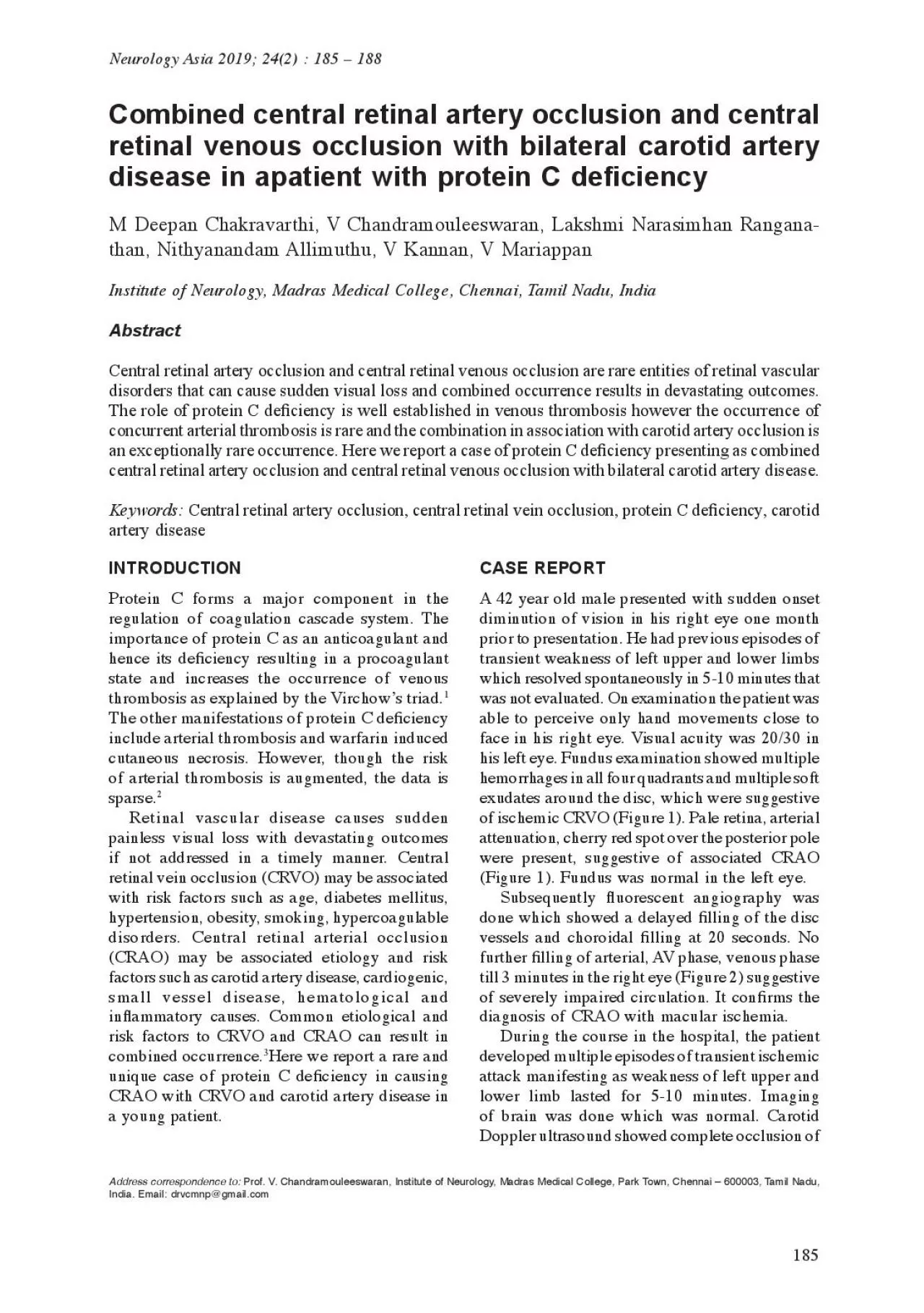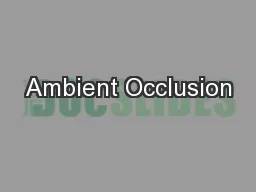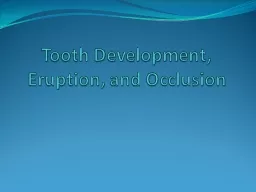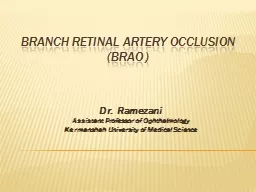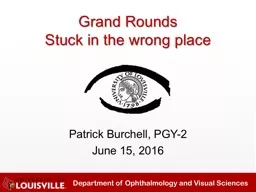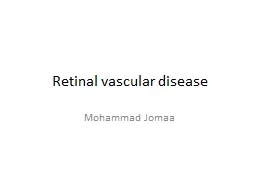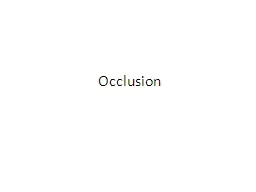PDF-Combined central retinal artery occlusion and central
Author : byrne | Published Date : 2022-08-16
185 retinal venous occlusion with bilateral carotid artery disease in apatient with protein C dex00660069ciency M Deepan Chakravarthi V Chandramouleeswaran Lakshmi
Presentation Embed Code
Download Presentation
Download Presentation The PPT/PDF document "Combined central retinal artery occlusio..." is the property of its rightful owner. Permission is granted to download and print the materials on this website for personal, non-commercial use only, and to display it on your personal computer provided you do not modify the materials and that you retain all copyright notices contained in the materials. By downloading content from our website, you accept the terms of this agreement.
Combined central retinal artery occlusion and central: Transcript
Download Rules Of Document
"Combined central retinal artery occlusion and central"The content belongs to its owner. You may download and print it for personal use, without modification, and keep all copyright notices. By downloading, you agree to these terms.
Related Documents

